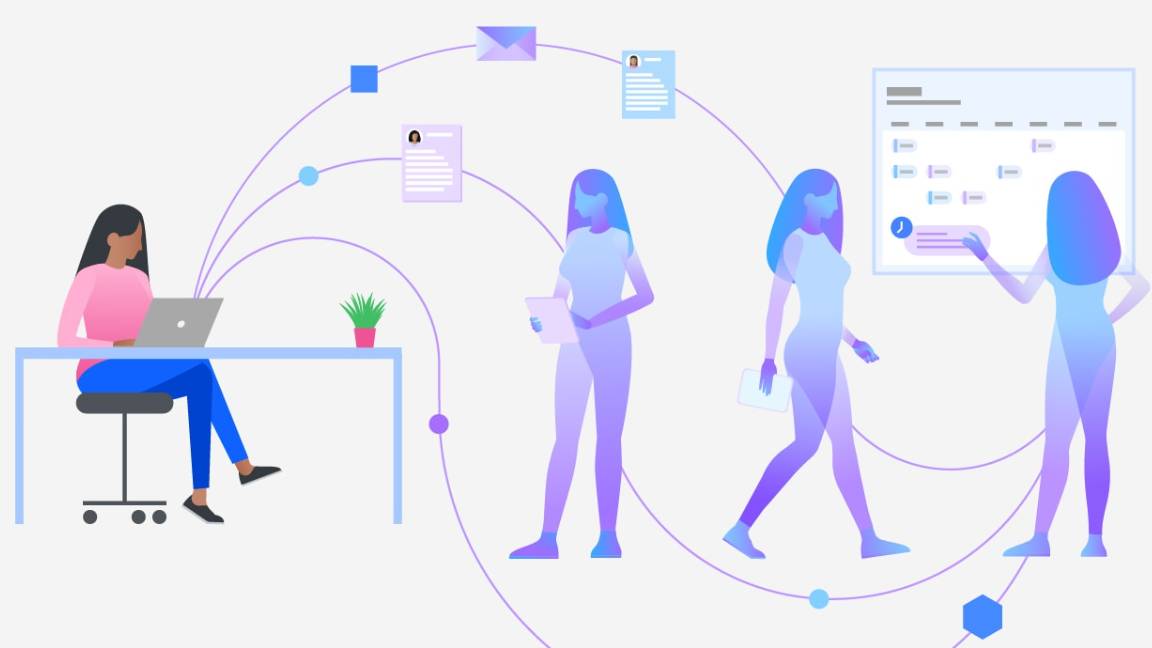The gender gap in computing education is closing, but there’s still work to be done
Girls are increasingly studying the subject at degree level, according to BCS, and consistently out-perform boys at A level


The number of women studying computing at degree level continues to rise steadily, though there's still a large gender gap.
According to analysis from BCS, The Chartered Institute for IT, 2,940 18-year-old women living in the UK have accepted a place to study the subject this September, up 8% from the 2023-24 academic year.
The gender gap is also closing, albeit very slowly. Three-quarters of computing students are men, meaning there's a long way to go.
Overall, computing entries at A level are up 12%, with 29% growth in the number of females in England taking Computer Science at A level, and a 9% increase in the number of males. The gender ratios are improving here also, with the ratio of boys to girls now at below 5:1.
Meanwhile, females are outperforming males at all grades for A levels across all nations of the UK.
"The overall number of students as well as the increase in the number of women opting to study computer science at degree level is great news," said Julia Adamson, BCS managing director for education and public benefit.
"More young people are recognizing that this qualification can lead to a range of exciting careers – roles that can potentially help tackle some of the hugely important issues that impact our society such as AI, climate change and cyber security."
Sign up today and you will receive a free copy of our Future Focus 2025 report - the leading guidance on AI, cybersecurity and other IT challenges as per 700+ senior executives
There was an increase in the number of students taking digital A levels in Northern Ireland. Entrants for the Software Systems Development A level have grown by 12%, while those for Digital Technology have improved by 9%.
In Wales, the number of students taking Computer Science A level was broadly similar to the previous year, with almost 400 students taking the new Digital Technology qualification.
In England, T level results show that almost 1,400 students have taken one of the three digital pathways, and there was a 40%-plus increase in those gaining a pass or better in Digital Production, Design and Development and Digital Support Services.
"At schools and colleges, we are seeing a more diverse range of pathways in computing and digital skills appearing," said Adamson.
RELATED WHITEPAPER

"These will contribute to steps being taken to ensure an increasing number of diverse entrants to the computing professions, and help to draw more people towards digitally focused study in both higher education and progression to the workforce."
It's widely accepted that the UK needs more people with tech skills and that increasing the participation of girls and women is key to this.
However, this needs to start early. According to a recent analysis by TeenTech, the number of girls in England taking GCSE-level computing has more than halved since 2015 since the curriculum became narrower in scope.
"It’s fantastic that the overall number of people taking computer science is increasing, but there remains a huge demand for more skilled people to meet the needs of our digital future," Adamson said.
"The growth in the numbers and the diversity of qualified technologists needs to continue to accelerate - not only to help close the gender gap, but also to meet future needs of the UK economy."
Emma Woollacott is a freelance journalist writing for publications including the BBC, Private Eye, Forbes, Raconteur and specialist technology titles.
-
 TPUs: Google's home advantage
TPUs: Google's home advantageITPro Podcast How does TPU v7 stack up against Nvidia's latest chips – and can Google scale AI using only its own supply?
-
 Microsoft Excel is still alive and kicking at 40
Microsoft Excel is still alive and kicking at 40News A recent survey found Gen Z and Millennial finance professionals have a strong “emotional attachment” to Microsoft Excel
